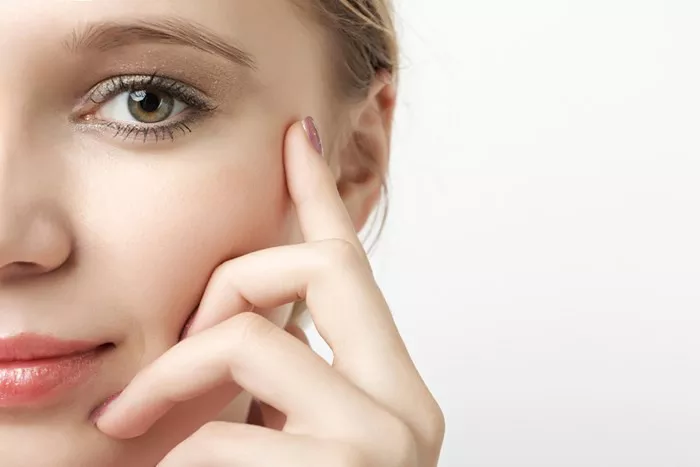Shriveled fingertips, also known as pruney fingers, are a common condition that can occur in response to a variety of factors. In this article, we will explore the causes of shriveled fingertips, how to prevent them, and when to seek medical attention.
What Are Shriveled Fingertips?
Shriveled fingertips occur when the skin on the fingers becomes wrinkled and puckered. This condition is often referred to as pruney fingers, as the skin can resemble the texture of a prune.
Shriveled fingertips can occur in response to a variety of factors, including exposure to water, cold temperatures, and certain medical conditions.
Causes of Shriveled Fingertips
Exposure to Water: One of the most common causes of shriveled fingertips is exposure to water. When the skin on the fingers comes into contact with water, it can absorb the moisture and swell. This can cause the skin to wrinkle and pucker, resulting in pruney fingers.
Shriveled fingertips caused by exposure to water are a temporary condition that usually resolves on its own. However, prolonged exposure to water can cause the skin on the fingers to become dry and cracked, which can lead to more serious skin conditions such as eczema.
Cold Temperatures: Exposure to cold temperatures can also cause shriveled fingertips. When the body is exposed to cold temperatures, it can reduce blood flow to the extremities, including the fingers. This can cause the skin on the fingers to shrink and wrinkle.
Shriveled fingertips caused by exposure to cold temperatures are also a temporary condition that usually resolves on its own. However, prolonged exposure to cold temperatures can cause more serious conditions such as frostbite.
Medical Conditions: Certain medical conditions can also cause shriveled fingertips. These conditions include Raynaud’s disease, scleroderma, and hypothyroidism. These conditions can affect blood flow to the fingers, which can cause the skin to shrink and wrinkle.
Raynaud’s disease is a condition that causes the blood vessels in the fingers and toes to narrow, which can cause the fingers to turn white or blue and feel cold and numb. Scleroderma is a condition that causes the skin to become hard and thick, which can affect blood flow to the fingers. Hypothyroidism is a condition that occurs when the thyroid gland doesn’t produce enough hormones, which can cause dry skin and poor circulation.
Dehydration: Dehydration can also cause shriveled fingertips. When the body is dehydrated, it can reduce blood flow to the extremities, causing the skin on the fingers to shrink and wrinkle.
Dehydration can be caused by not drinking enough water, sweating excessively, or certain medical conditions such as diabetes. In addition to shriveled fingertips, dehydration can cause other symptoms such as dry mouth, fatigue, and dizziness.
Certain Medications: Certain medications can also cause shriveled fingertips. These medications include diuretics, which can cause dehydration, and beta-blockers, which can affect blood flow to the extremities.
If you are taking a medication that is causing shriveled fingertips, talk to your doctor about alternative medications or ways to manage the side effects.
Preventing Shriveled Fingertips
Avoid Prolonged Exposure to Water: To prevent shriveled fingertips, it is important to avoid prolonged exposure to water. This can be done by wearing gloves when washing dishes or doing other activities that involve water.
Keep Hands Warm: To prevent shriveled fingertips in response to cold temperatures, it is important to keep the hands warm. This can be done by wearing gloves or mittens when outside in cold weather.
Moisturize Hands: Keeping the hands moisturized can also help prevent shriveled fingertips. This can be done by applying lotion or cream to the hands regularly.
Stay Hydrated: To prevent shriveled fingertips due to dehydration, it is important to stay hydrated by drinking plenty of water throughout the day.
Quit Smoking: Smoking can cause poor circulation, which can contribute to shriveled fingertips. Quitting smoking can improve circulation and help prevent shriveled fingertips.
When to Seek Medical Attention
In most cases, shriveled fingertips are a harmless condition that will resolve on their own. However, in some cases, shriveled fingertips can be a sign of an underlying medical condition.
If you experience persistent or severe shriveled fingertips, it is important to seek medical attention. This is especially important if you also experience other symptoms, such as pain, numbness, or tingling in the fingers.
Your doctor may perform a physical exam and order diagnostic tests to determine the underlying cause of your shriveled fingertips. Treatment will depend on the underlying cause of the condition.
Conclusion
Shriveled fingertips, also known as pruney fingers, can be a common and often harmless condition. However, in some cases, it can be a sign of an underlying medical condition. Exposure to water, cold temperatures, certain medical conditions, dehydration, and certain medications can all cause shriveled fingertips.
To prevent shriveled fingertips, it is important to avoid prolonged exposure to water, keep the hands warm, moisturize the hands regularly, stay hydrated, and quit smoking. If you experience persistent or severe shriveled fingertips, it is important to seek medical attention to determine the underlying cause of the condition.
Remember, while shriveled fingertips are often a harmless condition, they can be a sign of an underlying medical condition. With proper care and attention, you can help prevent shriveled fingertips and maintain healthy, comfortable hands.


